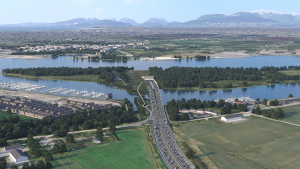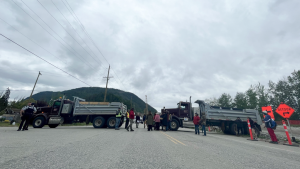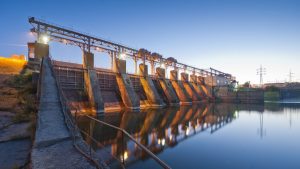Slowly but surely, developers in Squamish, B.C. are inching closer to building the first new ski resort in North America in 40 years.
The project, which is currently being developed by Garibaldi at Squamish Inc., has gone through ownership changes and design alterations over the years since it was first envisioned in the 1970s.
The resort would be located approximately 13 kilometres north of Squamish on Brohm Ridge and would be accessed just north of Cat Lake. The year-round destination mountain resort community would include ski lifts, trails (ski and multi-use), resort accommodation and housing units, guest services, public amenities and groundwater supply and infrastructure. The overall project area would be 2,759 hectares.
According to the project team, 20 years of snow studies show Brohm Ridge often gets more snowfall than Whistler-Blackcomb at comparable elevations and its main village will also be 500 metres higher.
According to the Squamish Chamber of Commerce, the project would be built out over at least 20 years, pouring at least $3.5 billion into the city during construction and employing 4,000 people.
The project received its environmental assessment certificate in 2016 but the team has now applied to extend it for another five years as it works to rally stakeholders.
Sabina FooFat, project director of Garibaldi at Squamish, explained one of the most important pieces of the project is already well underway: proper consultation with the Squamish Nation.
“The Squamish Nation was not consulted when the RFP was first issued,” explained FooFat. “They took the province to court and contested that it was awarded without consultation and they won.”
The project signed a partner agreement with the Squamish Nation in 2007. The Nation, which calls the mountain Nch’kay, now sits on the project’s board and provides advice as a cultural liaison. FooFat said the project aims to work with the Squamish Nation to provide appropriate and authentic ways for visitors to experience Indigenous art, culture, food and traditions.
“It would be phenomenal to build the resort around those experiences,” said FooFat.
But in the decades since the project was first proposed, government policies have changed and stakeholders have shifted.
“Because of scale and scope – local government, provincial government, Squamish Nation – and all the concerns and issues that need to be worked through, not everyone is always in alignment.”
One issue with the District of Squamish, which has put the project in a difficult situation, explained FooFat, is that the team is asking for an amendment to the regional growth strategy through the Squamish-Lillooet Regional District. But FooFat noted only district board members or municipalities can make such a request. The project is neither.
“It is very much a Catch-22,” she said. “There is a total disconnect with being able to comply with the province and with local government. We will have to figure out how to sort through that and we are looking to the province for support and guidance.”
FooFat, who was the senior green buildings planner for the City of Vancouver and is a resident of Squamish, noted that data shows Metro Vancouver recreation spaces are at capacity and regional growth shows no signs of slowing.
“Most people move to B.C. or who live here have some affiliation being outdoors,” she said. “Our assets are at capacity and now is a good time to plan to build recreation infrastructure.”
The project intends to start substantial infrastructure construction by 2025, including lift, water and sewer systems. The team intends to build zero emissions buildings and develop a transportation plan that has minimal impact on the community and the environment.
Follow the author on Twitter @RussellReports.











I’ve sat in in many meetings with GAS and the EAO as part of the assessment process and the elephant in the room continues to be water. It is unsustainable to draw 70L of water a second from the aquifer below paradise valley. The reason they need the extension is that that have not even come close to meeting the conditions that are part of the EA Certificate. Unless they find someone in the provincial government that is willing to remove those conditions the certificate approval will continue to be a soft no from the provincial government.
Thank you Brent Stewart for your comment. It is THE most important issue with the proposed development of GAS. Another issue of considerable importance is the sewer treatment plant.